
Glendive and the Eastern Montana Badlands are prime spots for dinosaurs. Many fossils have been found out by our farm and in Makoshika State Park. image by goatopolis on Flickr
A while ago my mom gave me a gizzard stone. One she’d been given from a friend. Not sure of the provenance of this particular fossile but it’s in my pocket today. Yesterday I read this article by Andrew McKean in the Billings Gazette about finding dinosaru gizzard stones on the ground in the badlands of Makoshika State Park.
“They’re from dinosaurs, the stones that the dinosaurs used to grind up food in their gizzards. Sometimes you can find them in places like this. You’ll come up to a hardpan flat and there will be tons of fist-sized rocks and other gravel. But there will be these egg-sized, smooth rocks, polished like they went through a tumbler. Those are gizzard stones.” [Billings Gazette]
So I put my gizzard stone in my pocket today to cary around. It’ small, about the size of a cutie orange dark amber, almost black in certain light and fits in the palm of my hand. The most amazing thing is that it is polished like glass. like a marble or a rock that has been through a tumbler. This rock was polished between 200 million and 65 million years ago, burries, and then unearthed. And it’s still shiny…

Badlands
a badland is a hilly landscape make up of sedimentary rocks that have been eroded by wind and water to make up a wide spread terrain of hills and valleys that are dificult to cross on foot, horse, wagon or vehicle without an engineered road. These landscapes can be found all across the Western United States. The hills and valleys can be steep, loose, rocky or all of those at once.
The term badlands represents a consensus in North America. The Lakota called the topography “Makhóšiča“, literally bad land, while French trappers called it “les mauvaises terres à traverser” – “the bad lands to cross”. The Spanish called it tierra baldía (“waste land”) andcárcava (“gully”). The term badlands is also apt: badlands contain steep slopes, loose dry soil, slick clay, and deep sand, all of which impede travel and other uses. Badlands form in semi-arid or arid regions with infrequent but intense rain-showers, sparse vegetation, and soft sediments: a recipe for massive erosion. [Wikipedia]
Here are some cool badlands photos.


Makoshika State Park
The article linked above was written about exploring the badlands of Makishika State Park in Montana. Here’s a scenic video of the badlands in Makoshika.
Makoshika Meditation from Distill Productions, LLC on Vimeo.
Makoshika State Park is located in the rugged badlands of eastern Montana in Glendive. The name Makoshika (Ma-ko’-shi-ka) is a variant of a Lakota phrase meaning land of bad spirits or “badlands”. Although the area resembles the badlands of the Dakotas, these badlands expose older rock layers. Makoshika is the largest state park in Montana, covering over 11,400 acres. This beautiful and unique terrain provides for exploration and discovery that you won’t find anywhere else! [Makoshika State Park]

As with most badlands, the sedimentary rocks od Makoshika contain a lot of fossilized bones, and since the Hell Creek Formation is 65 million years old, there are a lot of dinosaur fossils.

Definitely have to plan a dinosaur hunt to Montana!
-Mike






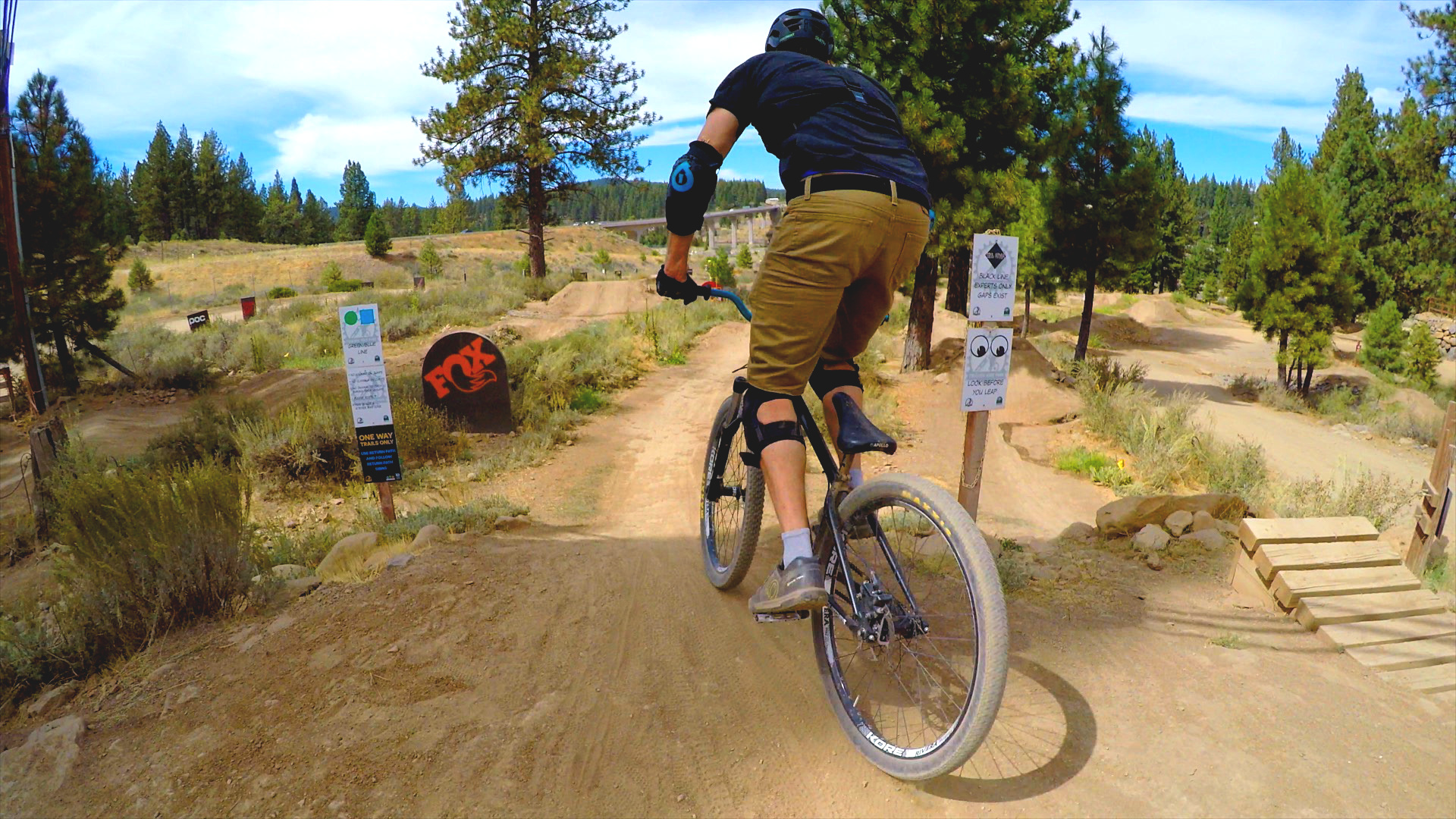
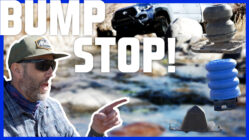
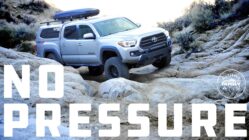

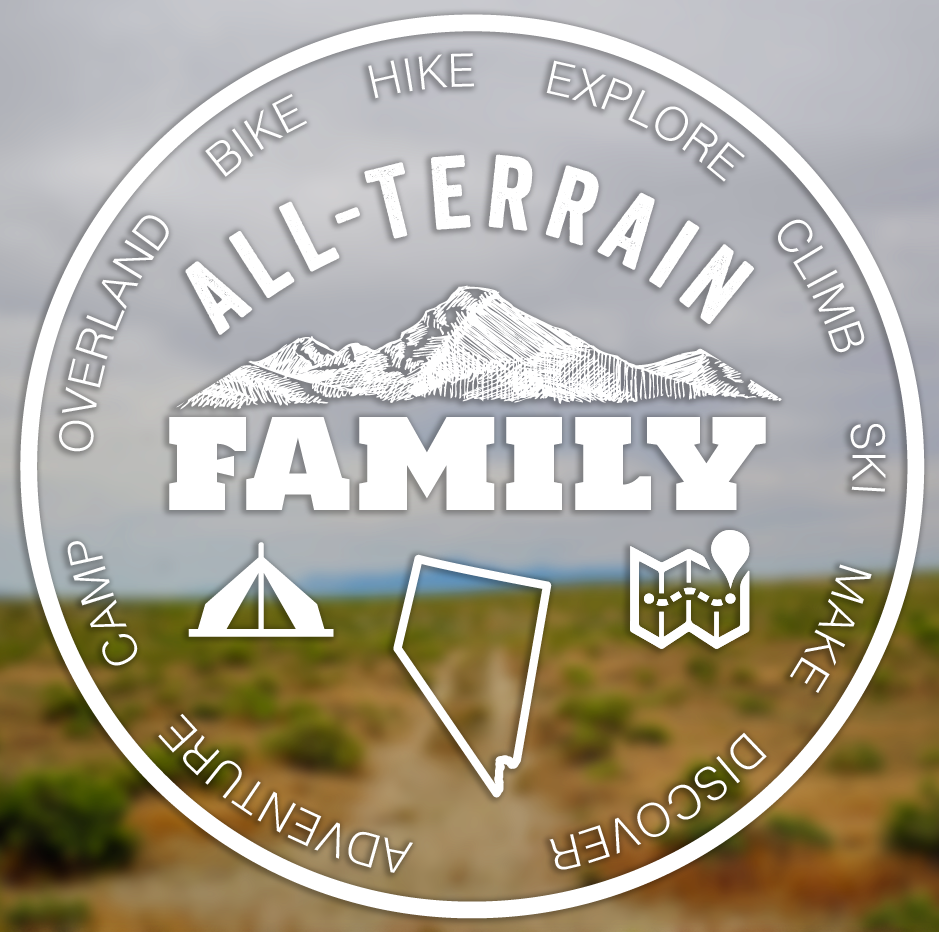
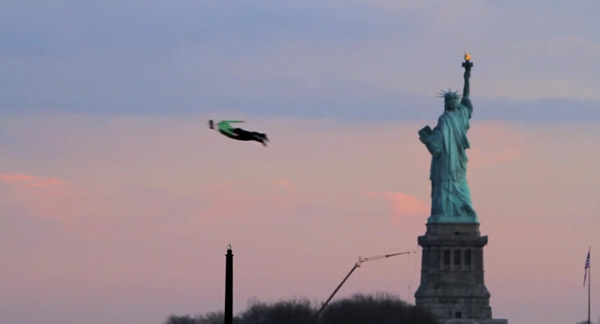
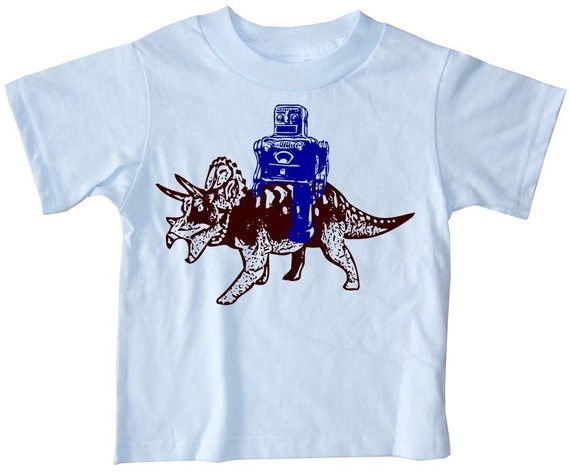
Can you tell me what a dinosour gizzard egg would sell for?